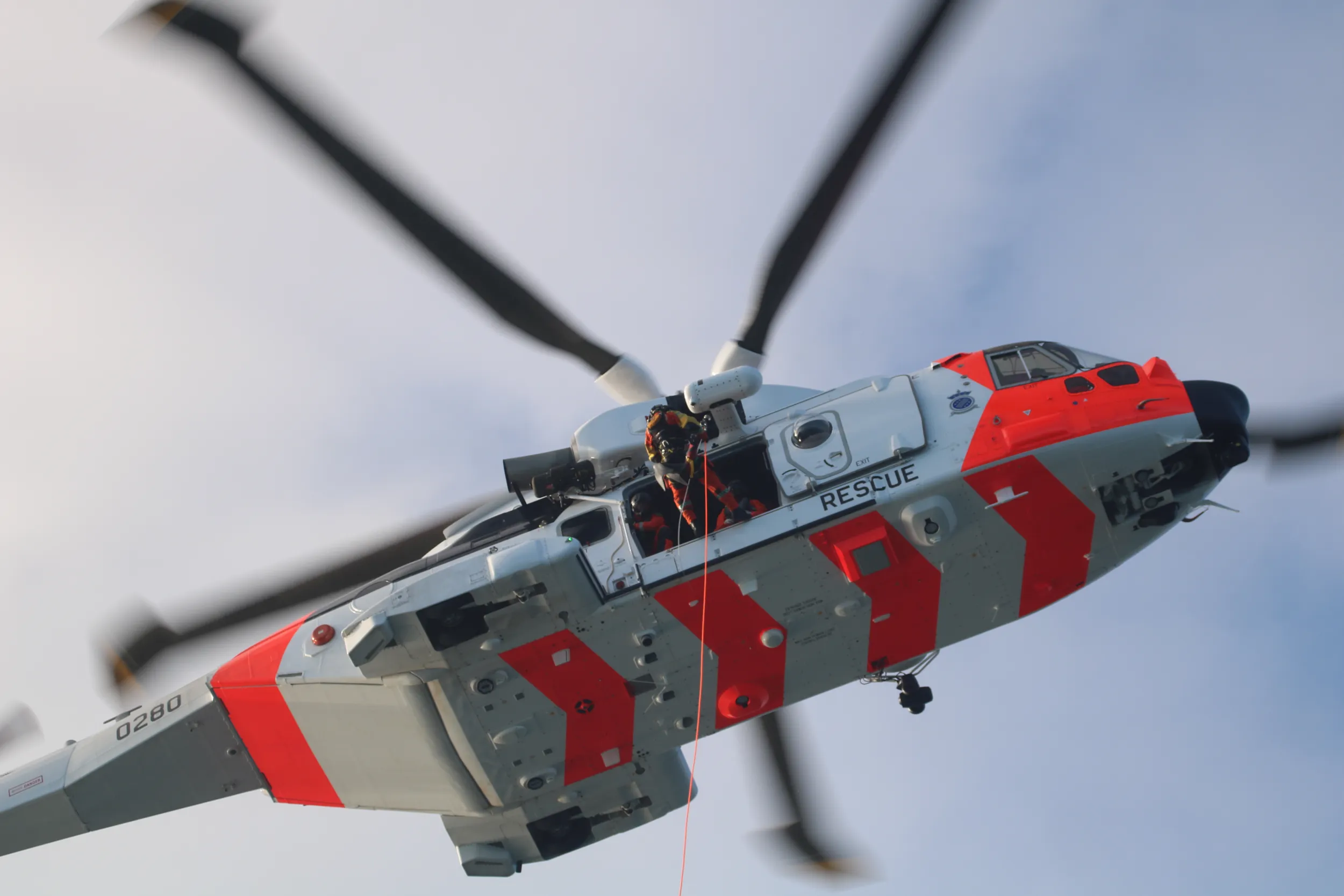
ARTEMIS Plays Key Role in ARCSAR Rescue Exercise

The ARCSAR (Arctic and North Atlantic Security and Emergency Preparedness Network) – Project Livex 2022, mass rescue exercise has become the latest use case proving the role of Detect, Locate and Communicate solutions in Search and Rescue operations.


Smith Myers director Peter Myers was amongst 50 specialists selected from member organisations of ARCSAR, to play stricken passengers. Moreover, Smith Myers ARTEMIS cellular location system played a key role in the search exercise off Isfjorden, just outside of Longyearbyen, Svalsbard, around 600 miles from the North Pole and, at 79⁰ North, well within the Arctic Circle.
Various experiments and trials were conducted on the days leading up to the actual MRO exercise, such as two way signalling COSPAS SARSAT beacons fearlessly demonstrated by Hekla Jósepsdóttir ( JRCC Iceland) and Natalia Andreassen (Nord University) in their survival suits floating in the ice-cold arctic water. Passengers and crew mustered in the lounge when the fire alarm sounded, on Norwegian vessel The Polar Quest, where role players acted as panicking and seasick passengers, including a heart attack victim. A Norwegian Air Force AW101 (the Norwegian all-weather Search and Rescue helicopter, equipped with the Smith Myers Artemis mobile phone detection and location system, operated nationally by 330 Squadron) flew into view, having located the ‘survivors’ by their phones, even locating Peter Myers specifically.
Melissa Nacke (AECO) the heart attack victim was winched onto the SAR Queen and tended by the Doctor on board, then lowered onto the Coastguard vessel for treatment in the ship’s infirmary. Meanwhile down below the ships fire fighters and Doctor were valiantly doing their job. They were soon joined by the fire fighters (smoke divers) and Doctor from the Coastguard. Passengers were then taken down to board the lifeboats, passing hoses and fatalities (dummies). Lifeboats cruised over to the Coastguard vessel, and eventually ‘survivors’ climbed the rope ladder to board the recue ship. The exercise was documented using drones. The separation of drones from manned aircraft was well planned and directed on the day by ATC from the coastguard ship.
It was a well organised event with impressive professionalism shown by 330 Squadron, Norwegian Coastguard, M/S Quest crew and the Polar Quest expedition team.
Morten Skaar, Navigator and Artemis operator on the SAR Queen said “Artemis performed as advertised during the exercise. It has proven its capability in multiple real search scenarios since implementation and has surely made a difference to our SAR operations”




Peter Myers ARCSAR LIVEX22
ARTEMIS turns any mobile phone into a rescue beacon, only requiring two small antennas to generate a latitude/longitude fix at ranges in excess of 30Km, offering a radical and effective alternative to traditional airborne sensors and direction-finding systems:
- Texting and calls in non service areas
- Automatic cueing of EO/IR (Electro -Optical/Infra-Red)
- Deployment as a stand-alone with embedded mapping or integrated with leading mission system providers
- Making missions in low light/ IMC (Instrument Meteorological Conditions) safer and increasing the odds for a positive outcome
- Available in several SWaP configurations for manned/unmanned platforms
The project was led by the Joint Rescue Coordination Centre in Northern Norway and the project consortium comprised of 20 partners, including Smith Myers, from 12 countries.
The exercise activity on Svalbard was organised by the Icelandic Coast Guard, while the Norwegian Coast Guard and the Norwegian Air Force were responsible for the evacuation with a ship and a SAR Queen-helicopter.
Other participants were the Governor of Svalbard, The Norwegian Coastal Administration, and the Association of Arctic Expedition Cruise Operators (AECO).